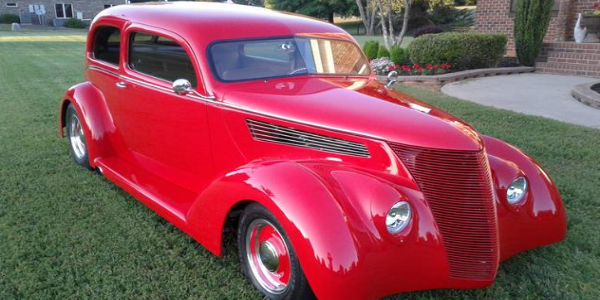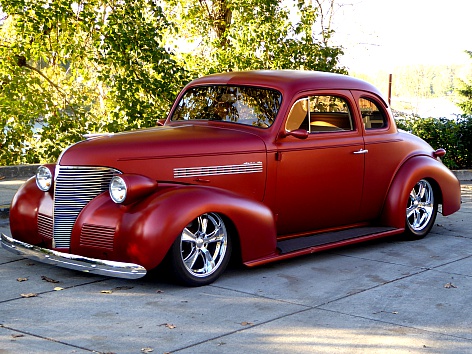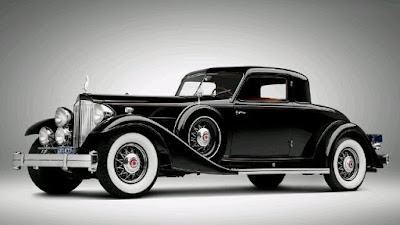A How-To Guide On Keeping Classic Cars Working
They don’t make them like that anymore. This adage is valid for a lot of gadgets, but when it comes to cars, it is even more so. The classics built an era back are incomparable. The present generation cars do come up to the mark one way or the other. It is why classic car lovers are cropping up left, right, and centre. That said, taking care of old cars is not easy. They require special attention to keep them running.
How to maintain your classic cars - tips shared by Leading Carshowroom Dealers
Popular Hyundai Showroom in South India, comes to save the day. The experts at the showroom give a few invaluable tips on caring for ageing and classic vehicles.
- Keep An Eye On Cooling Systems
The system that carries engine coolant works in severe conditions. It transports the coolant at high pressure and temperatures above 240-degree Fahrenheit. The pump that discharges water faces a similar working condition. Combined with it is the almost nil attention car owners pay to the systems, they tend to fail at the most unfortunate of times. The components of the pumps either stop working on freezing nights or hot summer days. Here you check out about the common radiator and cooling system problems
Therefore, for your classic car, keep an eye on the coolant hoses. If they have not been replaced recently, do so immediately. For the water pump, you will get an indication when they need to be switched in two forms:
o A puddle of green liquid on the floor where the car is parked.
o Anodour similar to pancake syrup.
- Always Keep The Brake Youthful
The one sure fire way to keep a vehicle running for a long, long time is to keep the braking system in tip-top condition. If you’ve just bought a classic, antique car or a second-hand one, bleed the brakes. It may sound complicated, but the right instruction manual and tools make it as simple as changing the oil. Look for two things in the bleeding brake fluid:
o If the liquid is blackish and dark with small pieces of rubber and rust, the brake system needs to be changed completely.
o If the fluid is clear and light yellow, the brake system is in good repair and doesn’t require work at the present.
Working on the brake is easy enough even for those with minor skills. And keeping the system in good repairs ensures:
o That the overheated fluid is removed.
o That everything is a-okay with it.
The rule of thumb to keep the brake working in old cars is to replace the brake fluid, entirely, once in two years. If the car’s age is over 7 years, then put in new brake lines every time there is a significant repair of the system.
While both the cooling and brake system can be checked at home, not every part of your classic should be a DIY. To really maintain the old car in good repair, take it to a professional who can inspect it top to bottom.






Comments
Post a Comment